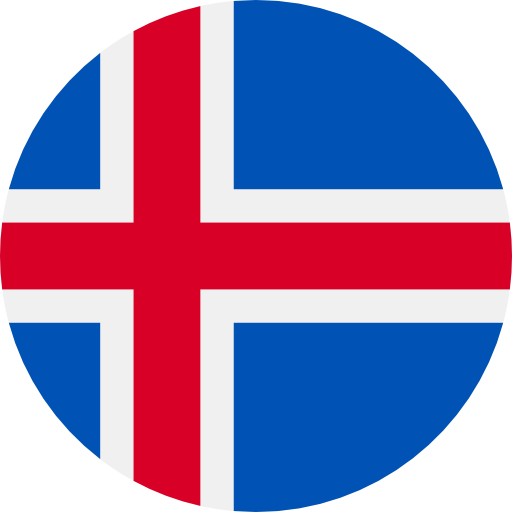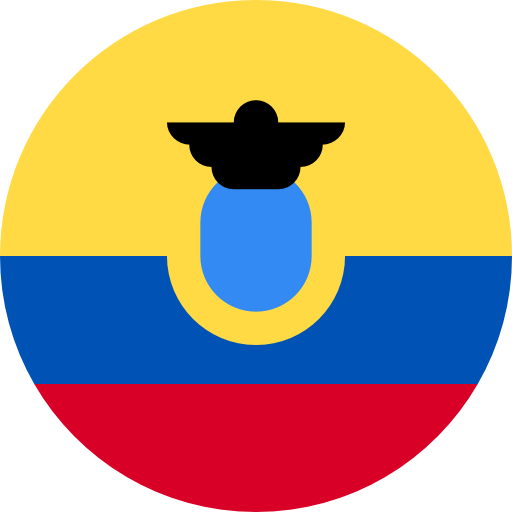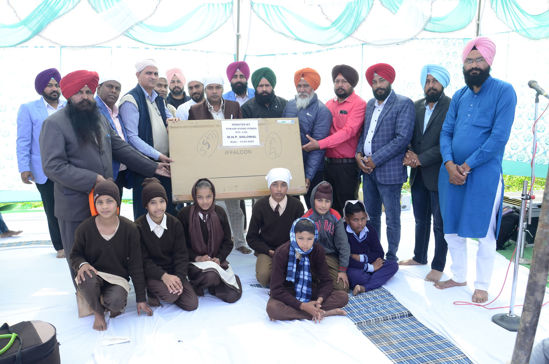Industry
- Hydro
Continent
- Asia
Country
- India
- Bank transfer
- PayPal or Credit Card
Sustainable Development Co-Benefits
Environmental
- Natural resources
Social
- Education
- Jobs
Economic
- Energy
- Growth
| 4/26/2023 |  | 17 t |
| 4/24/2023 |  | 42 t |
| 4/24/2023 |  | 2,384 t |
| 4/22/2023 |  | 168 t |
| 4/21/2023 |  | 100 t |
| View all 48 | ||
328
Dolowal, Salar and Bhanubhura Mini Hydroelectric Projects
48
Three Mini Hydroelectric Projects (MHP) aggregating to 4.2 MW at Dolowal, Salar and Bhanubhura on the Kotla Branch Canal, District Sangrur, Punjab, India was commissioned in April 2003. The plants are operating successfully since then.




